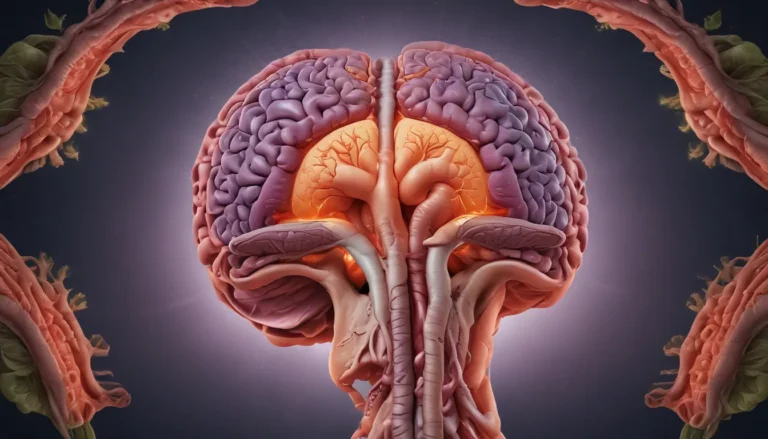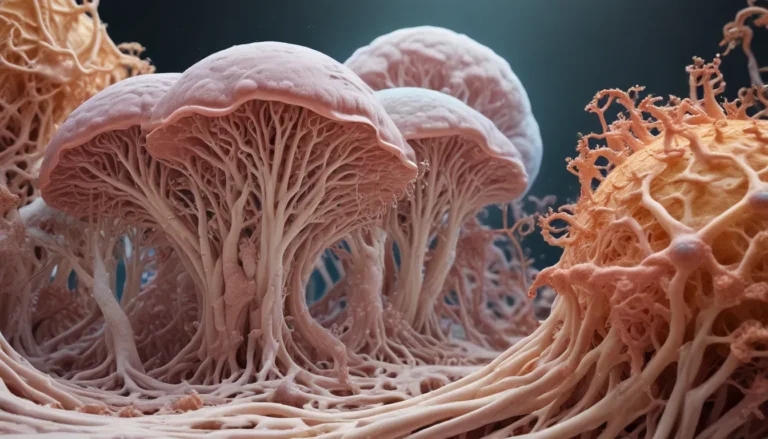A Note About Images: The images used in our articles are for illustration purposes only and may not exactly match the content. They are meant to engage readers, but the text should be relied upon for accurate information.
From the gentle patter of raindrops to the soft embrace of snowflakes, precipitation is a captivating natural phenomenon that shapes our environment. As an essential component of the Earth’s water cycle, precipitation sustains life and influences weather patterns across the globe. In this article, we will delve into 20 extraordinary facts about precipitation that offer a deeper insight into its significance and intricacies. Join us on a journey of discovery as we uncover the beauty and wonder of rain, snow, hail, and more.
The Marvel of Rain
Rain is a ubiquitous form of precipitation that nourishes the Earth and supports a wide range of ecosystems. Here are some fascinating facts about rain:
- Rain is the most common form of precipitation: It falls from clouds in droplets and is essential for plant growth and ecosystem health.
- The average raindrop falls at a speed of 7 to 18 miles per hour: Raindrops vary in size and velocity, influenced by factors such as wind resistance.
- Rainbows are formed by the refraction and reflection of sunlight in raindrops: The bending of sunlight creates the vibrant colors of a rainbow, offering a mesmerizing visual spectacle.
The Enchantment of Snow
Snow transforms landscapes into winter wonderlands, with each snowflake showcasing a unique crystalline structure. Delve into the enchanting world of snow with these facts:
- Snowflakes have a distinct hexagonal shape: Each snowflake is composed of frozen water molecules arranged in intricate patterns.
- The largest recorded snowflake was 15 inches in diameter: Witnessed during a snowstorm in Montana, this colossal snowflake was a testament to nature’s artistry.
The Power of Hail
Hailstorms can unleash a fierce display of precipitation, with hailstones reaching impressive sizes. Explore the dynamics of hail formation with these intriguing facts:
- Hailstones can grow as large as a grapefruit: Created in severe thunderstorms, hailstones accumulate layers of ice as they circulate in the atmosphere.
The Wonders of Precipitation Across the Globe
Precipitation manifests in various forms and intensities, shaping the climates of different regions. Discover some exceptional precipitation facts from around the world:
- The wettest place on Earth is Mawsynram, India: With an average annual rainfall of over 11,000 millimeters, Mawsynram holds the record for the highest precipitation levels.
- The driest place on Earth is the Atacama Desert in Chile: This arid desert receives minimal rainfall, highlighting the stark contrasts in precipitation distribution.
Unveiling the Impact of Precipitation
Precipitation plays a critical role in sustaining life on Earth, influencing ecosystems and water sources. Explore the significance of precipitation with these enlightening facts:
- Precipitation contributes to the global distribution of fresh water: Rivers, lakes, and aquifers are replenished by precipitation, ensuring a vital supply of fresh water.
- Acid rain poses risks to ecosystems and infrastructure: Pollution can lead to the formation of acid rain, which can damage vegetation and man-made structures.
Understanding Meteorology and Climate
Meteorologists study precipitation patterns to forecast weather events and gauge climate changes. Dive into the realm of meteorological science with these informative facts:
- The study of precipitation is crucial in meteorology: Meteorologists analyze precipitation data to understand weather systems and monitor climate trends.
- Climate change can alter precipitation patterns: Shifts in rainfall intensity and distribution are linked to climate change, impacting global weather phenomena.
Appreciating the Beauty of Nature
As we marvel at the nuances of precipitation, we gain a deeper appreciation for the interconnectedness of nature. Take a moment to contemplate the splendor of rain, snow, and hail, and reflect on the wonders of the Earth’s water cycle. Through understanding and respecting the power of precipitation, we can cultivate a sense of stewardship towards our environment and strive to preserve its beauty for future generations.
Conclusion
In conclusion, precipitation is a captivating natural phenomenon that enriches our planet with its beauty and vitality. From the delicate dance of raindrops to the intricate designs of snowflakes, each form of precipitation tells a unique story of the Earth’s water cycle. By exploring the diverse facets of precipitation, we deepen our connection to nature and gain a newfound appreciation for its wonders. Let us continue to cherish and protect the precious gift of precipitation, recognizing its essential role in sustaining life and fostering a harmonious relationship between Earth and humanity.
FAQs
Q: What is precipitation?
A: Precipitation refers to any form of water that falls from the atmosphere to the Earth’s surface, including rain, snow, sleet, and hail.
Q: How is precipitation measured?
A: Precipitation is measured using instruments like rain gauges, snow gauges, and weather radars to quantify its amount and intensity in a given area.
Q: What causes precipitation to occur?
A: Precipitation occurs when water vapor condenses in the atmosphere and forms droplets or ice crystals, leading to the release of moisture in the form of rain, snow, or hail.
Q: Can precipitation patterns change due to climate change?
A: Yes, climate change can disrupt precipitation patterns, impacting rainfall intensity, distribution, and frequency in different regions.
Q: How does precipitation benefit the environment?
A: Precipitation sustains ecosystems, replenishes water sources, and regulates global temperatures, supporting life on Earth.
Embrace the wonder of precipitation and let its gentle embrace remind you of the beauty and intricacy of our natural world. As we continue to explore and learn from nature’s marvels, we cultivate a deeper connection to the Earth and a profound respect for its gifts. Let the magic of rain, snow, and hail inspire you to cherish and protect the precious resources that sustain life on our planet.






